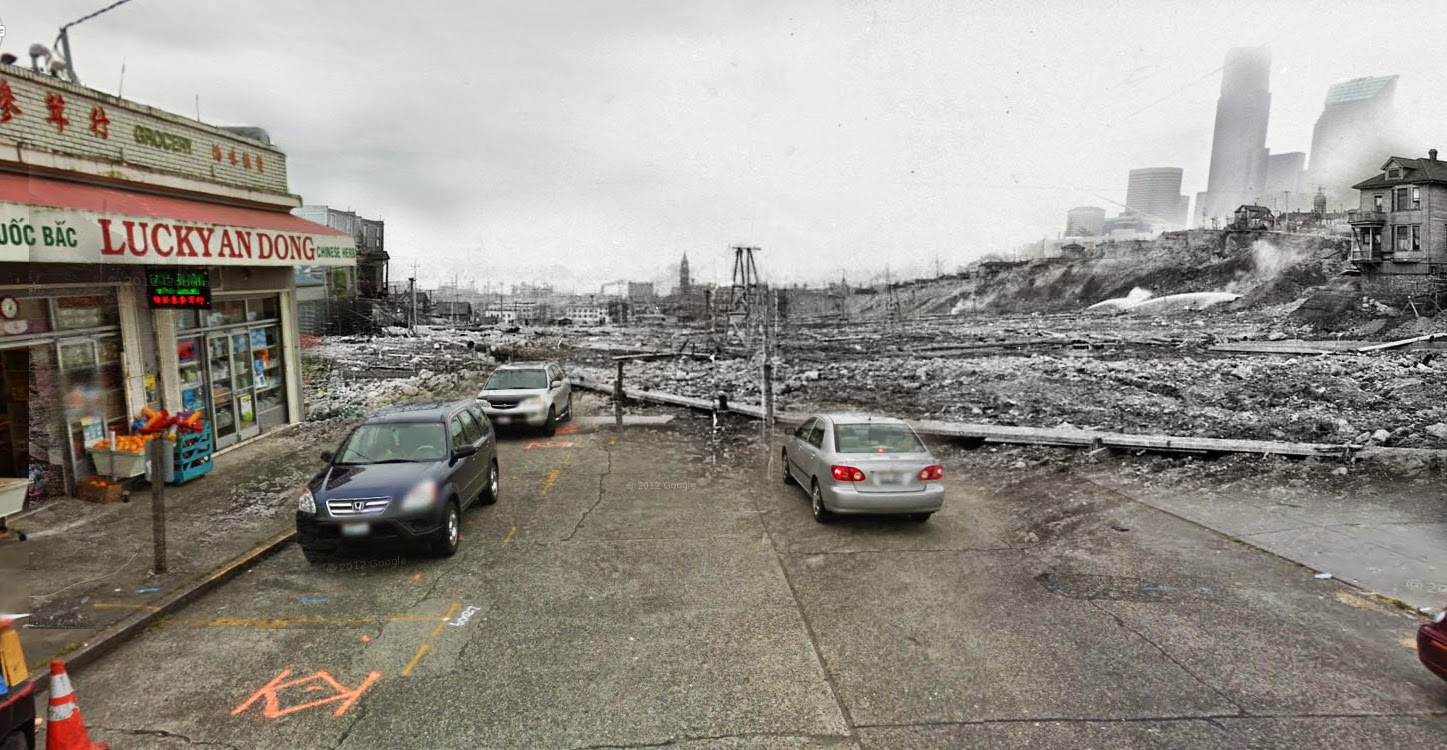Sooo... this blog was a complete wash for 2013 and most of 2014. Amazing. I can misplace a year or two in my couch cushions now and barely notice it. That's not surprising given my job, family and way too many side projects. Here's a quick update on some stuff I've been doing.
I'm keeping busy at Microsoft Studios. I work on an awesome team with some really talented people.
My indie/homebrew projects took a turn for the piratical in 2013 and 2014. Ron Gilbert and I got up to no good with Scurvy Scallywags in The Voyage to Discover The Ultimate Sea Shanty, a mobile game for iOS. The game builds on a mechanic Ron and explored with a previous puzzle game called Realms of Gold. The central idea is that you make matches of 3 or more pieces, but you do that to move a character around the game board to fight (or keep away from) monsters and collect treasure.
Here's the official trailer:
The game got some really good reviews and was almost worth the effort it took to create!
CK



























